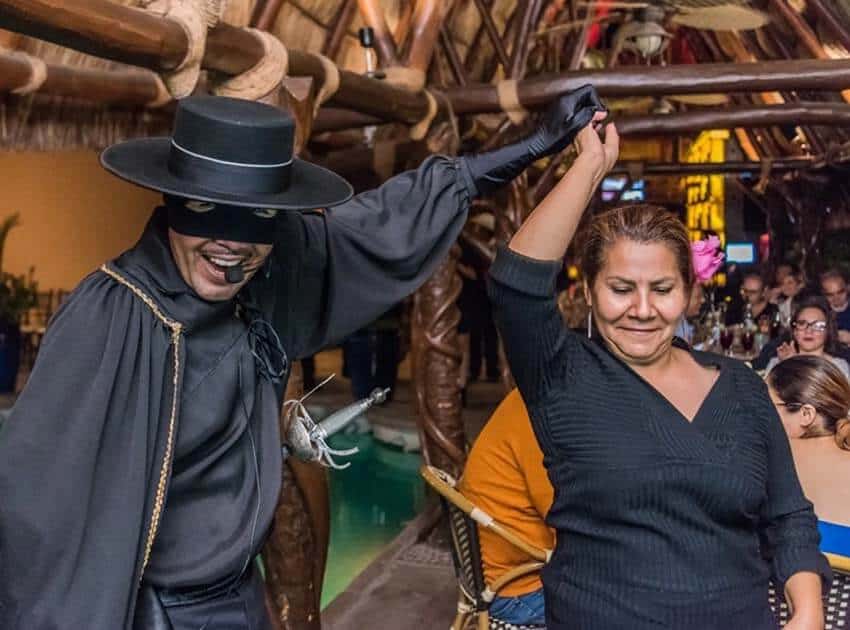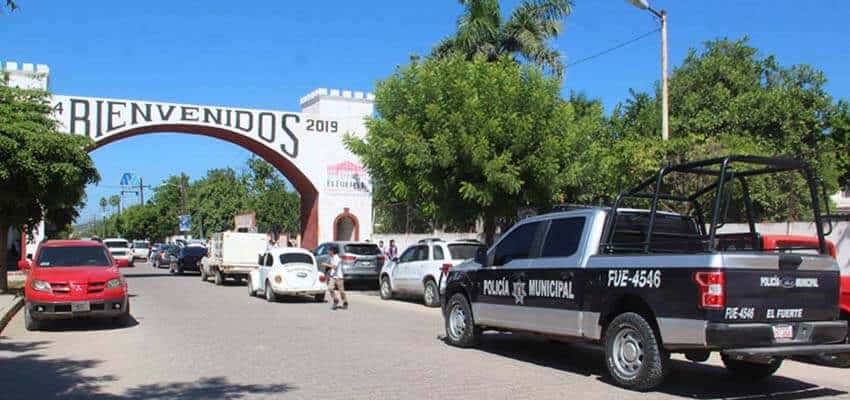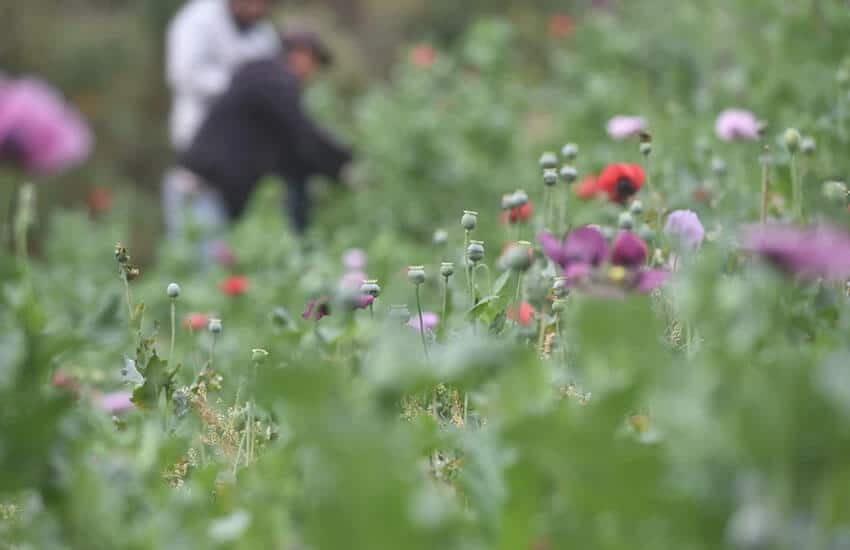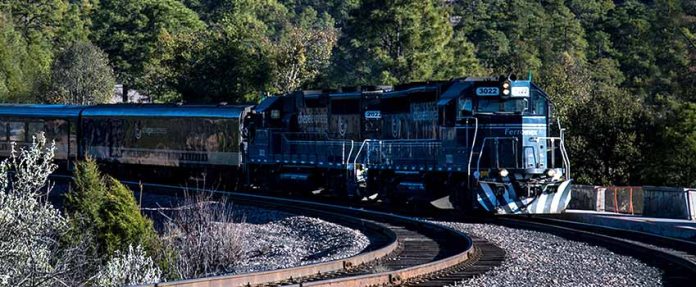It was 2019 when I arrived at El Fuerte, Sinaloa, with the plan of taking El Chepe, the train more formally known as the Chihuahua al Pacifico, across the 650 kilometers that covers the Copper Canyon.
That night, I stayed in the heart of town at the Posada del Hidalgo, a hotel believed to be the site of the real El Zorro’s house. The porter guided me through cavernous, wood-paneled rooms adorned with ferns and yuccas and woven textiles.
El Zorro, whose name in Spanish means “the fox,” was based on Joaquín Murrieta, a forty-niner and charro (cowboy) whose existence is disputed. But some of the reported incidents of his life are emblematic of the times. He encountered prejudice and hostility in the miner camps; according to one story, his wife was raped by American miners who were jealous of her husband’s success.
Like his fictional counterpart, he was a celebrated vigilante but with an important difference: unlike the character, sanitized for American readers with “noble” European blood, Murrieta was a Mexican born on the border with Sinaloa in the Sonora desert.
At sunset, the hotel staged a Happy Hour featuring a fat, masked and caped Zorro who waved his arms around and recounted his acts of insurrection against the new colonialists, the Americans. Through a jungle of potted plants, I saw him in the courtyard as a mariachi band drowned out his act.

I bypassed the bar and headed for town.
Behind the smooth stones of the central plaza, an alley led to a smaller plaza dotted with kiosks and locals sitting on stools, lunching on fried chicken. I sat on an orange plastic chair at a yellow plastic table with a fan and a fly trap above me.
At the next table sat a young Mexican couple, Julio and María, who wanted to practice their English. They were surprised to see a solitary white woman traveling in Sinaloa but were glad to tell me about their country.
“The people are poor here,” Julio started, pulling grilled meat off the bones and licking his fingers. “The drug trade mostly affects the indigenous people.”
Julio was intelligent and articulate about a subject that occupies the thoughts of many Mexicans: drug trafficking and the correct response to it.
“There is no welfare system in Mexico, so what are people supposed to do? Drug cartels pay mountain farmers to grow crops, process the harvest, guard the estates. They provide jobs for young guys who want to feed their families.”

Put like this, working for a narcotraficante seems a reasonable choice.
Both Julio and María had the sleek plumpness of young Mexicans on a low income. The folds of flesh amplified their inherent sweetness of nature. But Mexicans are suffering from an obesity epidemic and a diabetes emergency, affecting the poorest of the poor. In Mexico City, I had seen rich Mexicans sipping smoothies, toned and sleek and sophisticated. For the rest, Coca-Cola is often more available than fresh water.
But everyone talks about the evils of the cartels.
“We’ve had the finger pointed at us,” Julio continued. “But it’s not just us, it’s the U.S. Every time someone in New York buys a gram of cocaine, they are buying guns for the cartels. They want the drugs. They keep the business going.”
“Ordinary Mexicans are good people,” added María. “We have to live side by side with the cartels. We keep quiet.”
“Keep your head down and you will live longer,” said Julio, swigging from a bottle of Coca-Cola.

In other words, the code of silence was best not broken. You want to survive, you keep your mouth shut. I turned back to Julio and María, who happily consumed their liquid crack, and asked if they knew any narcos.
“You’ll see them in Suburbans and Hummers,” he said. “They drive 4x4s because they can go on any road and fit a lot of people. As a truck driver myself, if I go down roads where the narcos have settlements, I will see their security guards and they will stop me. They’ll ask what I’m doing, ask how long I’m going to be in the area. They’ll take down my license plate. Then they know that if they see me again, they can leave me alone. I’ve never had a problem with the narcos.”
As for the police, he explained that narcos are receiving weapons directly from the United States.
“High-capacity weapons. They have the money to buy them. Our local police are given an old gun with five bullets. ‘I’m not getting paid enough’ is their response to policing the cartels. ‘I want to go home tonight.’
“So when the government sends them to kill a narco, the narco asks, ‘Who sent you?’ The cops say, ‘Our captain.’ The narco says, ‘Well, OK. Let’s go kill him. And here’s some money for telling me.’”
Later, back in my vaulted chamber of the hotel, the night drew in, and the sinuous streets that circle the Posada del Hidalgo lit up with sound systems piled into the cabs of dusty pickups. Young people made a desultory cruise of the town.

Having realized that I’d lost my phone charger, I came out to buy a replacement at the local Oxxo, the spearhead of American-style consumerism. A huge container truck lumbered past in the distance, carrying its product to the furthest reaches of the state.
The darkness of the Mexican night was scintillating, and I could understand the youths’ quest for adventure. As I got further from the main plaza, a gleaming, white Toyota SUV 4×4 parked on the corner drew my attention. It was incongruously new and expensive, yet its occupants were inexpensively dressed indigenous men. They sat motionless, watching the other trucks coast past.
There was some force beneath their inertness that could explode at any moment. I felt conflicted as I always do in the presence of danger. Should I approach it, appease it, stroke it like a dog? Or walk away?
Together with Chihuahua and Durango, Sinaloa comprises the golden triangle of Mexican states where the narcotics trade has coalesced. Until the 1990s, the farmers here had been living above the subsistence level, selling their surplus corn to buy farm equipment, pickup trucks and materials for their houses.
Then, in 1994, came NAFTA, which put them in direct competition with U.S. corporate agriculture — followed by 10 years of drought.
The only new trucks in town are those owned by farmers of the only export crop left to grow.
Lilian Pizzichini is the English author of four works of biography and memoir, the latest being The Novotny Papers (2021). She has taught creative writing in prisons and universities, worked in journalism and is now writing the travel memoir Ancona/Zadar. Find out more about her on her Instagram page.
